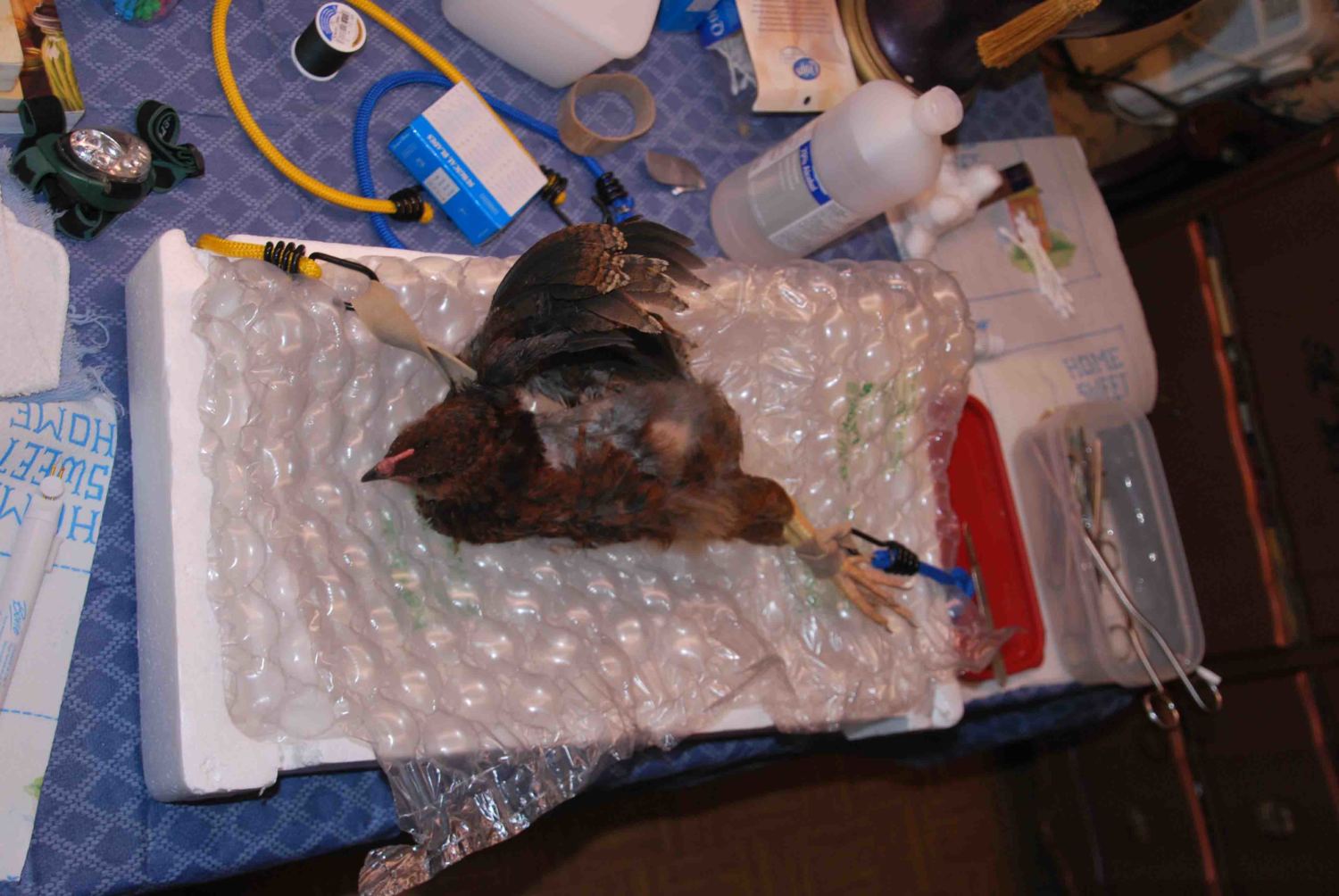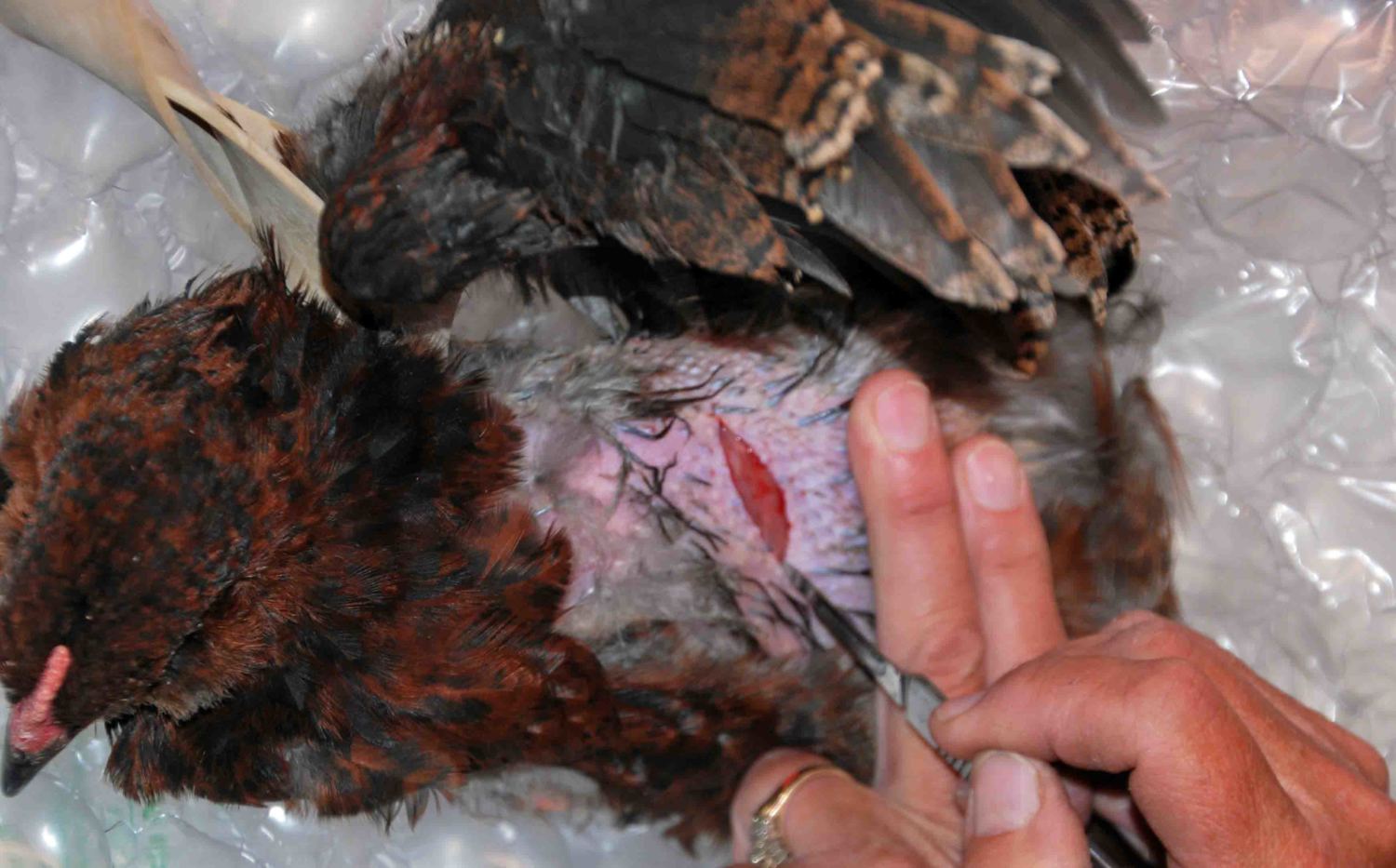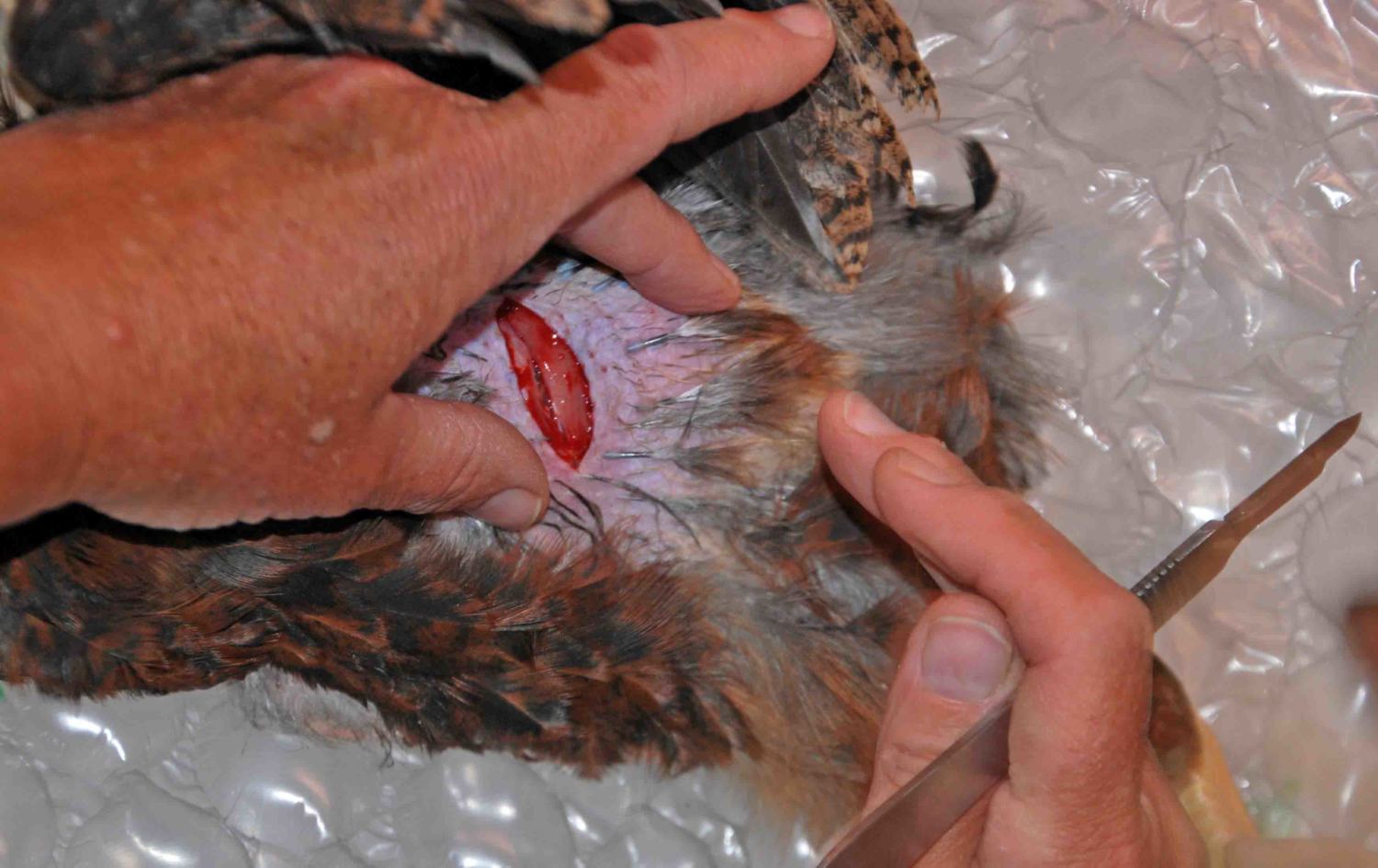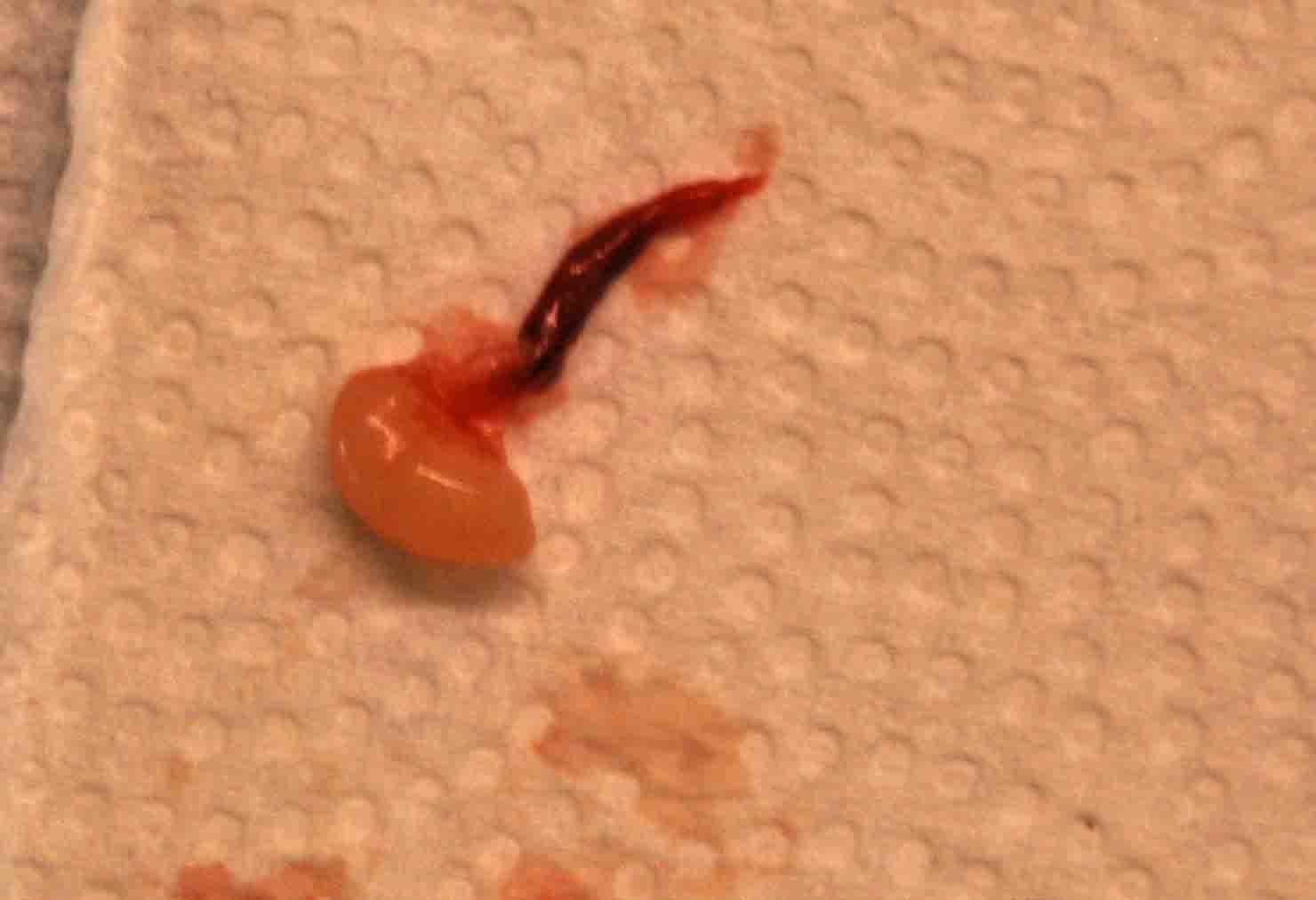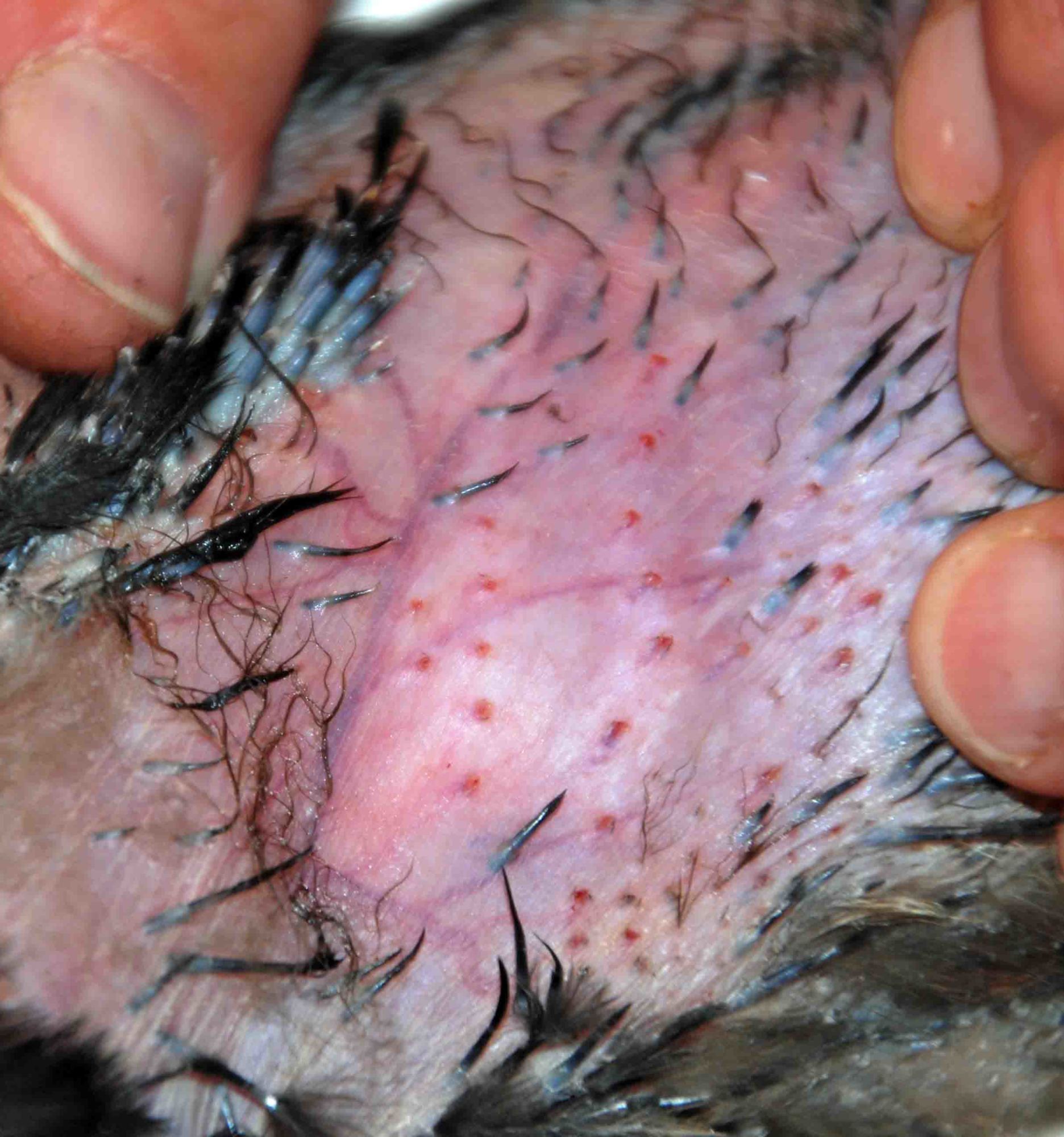thank you, and the other staff for all you do.Thank you all for your patience. Let’s all please respect each other’s opinions. If you don’t agree please just leave your response and move on. Thank you.
*BYC STAFF*
Navigation
Install the app
How to install the app on iOS
Follow along with the video below to see how to install our site as a web app on your home screen.
Note: This feature may not be available in some browsers.
More options
You are using an out of date browser. It may not display this or other websites correctly.
You should upgrade or use an alternative browser.
You should upgrade or use an alternative browser.
GRAPHIC PICS of my day learning to caponize
- Thread starter Kassaundra
- Start date
thank you, and the other staff for all you do.
Thank you and you are all more than welcome

Alwaysfowlplay
Songster
- Jan 29, 2019
- 102
- 337
- 103
Hey, I’m pretty new here. I read this entire thread while lurking and wanted to thank all of the contributors for the explanations, photos, and videos. I don’t currently have any birds (fighting to change ordinances) but will be moving to another location in a year or two where I plan to have a mixed flock for meat and eggs. I would love to learn to do this in the mean time but have no one local to me. Maybe I could convince my husband that I need to fly there for a clinic  . As it stands I’m planning to practice on dispatched roosters of a friend until I’m confident enough to do it myself. I’m not squeamish, have seen plenty of surgeries and recoveries as a nurse so I’m not too worried about attempting it alone after lots of practice. But I’m having problems locating the Chinese kits. Please let me know next time you are placing an order!
. As it stands I’m planning to practice on dispatched roosters of a friend until I’m confident enough to do it myself. I’m not squeamish, have seen plenty of surgeries and recoveries as a nurse so I’m not too worried about attempting it alone after lots of practice. But I’m having problems locating the Chinese kits. Please let me know next time you are placing an order!
 . As it stands I’m planning to practice on dispatched roosters of a friend until I’m confident enough to do it myself. I’m not squeamish, have seen plenty of surgeries and recoveries as a nurse so I’m not too worried about attempting it alone after lots of practice. But I’m having problems locating the Chinese kits. Please let me know next time you are placing an order!
. As it stands I’m planning to practice on dispatched roosters of a friend until I’m confident enough to do it myself. I’m not squeamish, have seen plenty of surgeries and recoveries as a nurse so I’m not too worried about attempting it alone after lots of practice. But I’m having problems locating the Chinese kits. Please let me know next time you are placing an order!Any updates of rooster who have had this done?
Was the bird awake throughout the process
Some of the supplies. My instructor had a cool low tech "table" a piece of packing styrofoam and large bubble wrap. She said the slight stretching of the bird is ness. to cut the correct location. She put wide bands at the wing and feet and secured them w/ bungee.

The feathers in the area were very easy to pluck and the bird didn't seem to care. She is pulling the skin back so that her inscision of skin and muscle will not line up. She is going between the last two ribs. This pic doesn't show it well but there is a marked depression you cannot miss between the top of the thigh and the bottom rib.

This is the beginning of the skin inscision. She cuts the skin only on the first pass.

This is the completed skin cut

She adjusted the skin opening over the area of the muscle she was cutting. With the exposed muscle it was easier to see the correct place to cut.

retracting the opening to see and breaking the membrane for a view into the cavity. You can see intestine it this shot.

here you can see the tool she used to tear away the membrane (the piece of flesh diagonally from the end of the tool)

The object to the left with the slightly more yellow color is the teste, the uppermost one, the others are intestine

This is the modified straw and wire gripper, she gently twisted the straw to detatch it from the bird, but it just wouldn't easily detatch, so she had a plan B

here she is still trying to twist it.

she had a cauderizing tool, it worked well to seperate the teste from the bird. She bought it online she said it was around $50

here you can see the connective tissue being cauderized

and here it is out

Here is the second teste, she goes in through the same opening. You can see the second membrane that has to be removed before the teste can be clearly seen. She removes it w/ the same modified straw, she said the second one cannot be cauderized, at least through the same opening.

couple of stitches w/ sewing thread, but she uses a suture needle, she said regular sewing needles just were not sharp enough, there was way to much tugging of the skin

all stitched up

She uses alchohol on a cotton ball to swab the area and check for blood vessels before cutting anything at all, and plans her cuts where there are no blood vessels to lessen blood loss. It is like magic these were not very visible if at all before she swabbed with the alchohol.

I took several pics to try and show placement, but very few showed the detail and landmarks that were clearly visible in real life. this was the closest she stated how important the slight stretching of the bird is to locate landmarks easily there is a definate valley between the last rib and the thigh, the muscle cut needs to be between the last two ribs.
Sorry for the amount of pics, I took many more and tried to narrow it down to just the essentials to tell a complete story.
I want to make clear this isn't my information, I was the student. The woman showing me how to do this has an amazing success rate, she has only lost one bird total and that was to a respiratory infection, she has even caponized older birds then is recomended (special circumstances made this ness she doesn't do it regularly)and had no fatalities.
They are, yes.Was the bird awake throughout the process
Wonder where are all the wonderful people who posted on this on one of the extremely important and elaborate threads for practical chicken keeping on BYC. Hopefully they doing fine in life and sharpening and spreading their knowledge.
I have been caponizing chicken since I was 15, that was 9 years ago and I have read much literature on the subject, but hands down this thread is the most descriptive and elaborate piece of literature out there that there. This should be printed out and put in the library of Congress and people should lobby the government to award Kassandra and Poco Pollo for starting this thread and imparting their precious knowledge. The best thing about this thread is that it is free.
Finally to those who are trying to get into livestock business but object to ruffling some feathers should understand that this is not their calling and move on. Life of a farmer is not all sunshine and lollypopski. So the trolls can go elsewhere.
I have been caponizing chicken since I was 15, that was 9 years ago and I have read much literature on the subject, but hands down this thread is the most descriptive and elaborate piece of literature out there that there. This should be printed out and put in the library of Congress and people should lobby the government to award Kassandra and Poco Pollo for starting this thread and imparting their precious knowledge. The best thing about this thread is that it is free.
Finally to those who are trying to get into livestock business but object to ruffling some feathers should understand that this is not their calling and move on. Life of a farmer is not all sunshine and lollypopski. So the trolls can go elsewhere.
Any updates of rooster who have had this done?
There are many pictures of mature capons if you read the whole thread, but I will save you the effort. This guy was an RIR.
Beautiful bird!There are many pictures of mature capons if you read the whole thread, but I will save you the effort. This guy was an RIR.View attachment 1885673
Hi! Thanks to all who have contributed to this thread over the years. I feel like something of a voyeur, following your stories. Many times I’ve wanted to chime in with a question or comment, but of course, the remarks and stories I was reading were literally years old. 
I’ve only been keeping poultry for a little over a year, and I had read of capons but only in passing. ATM I’m full up on chickens... at least for the duration of winter, so no hatching or practice for me.
I will be butchering some young Tom turkeys if we get any comfortable enough days, though. (As in sufficiently above freezing to enable me to use my fingers continuously.) I’m wondering whether it would be helpful at all to practice caponizing on them, once dead. (From what I’ve read, turkeys are easy to neuter, but there is little advantage since they’re typically slaughtered at or before they become sexually mature.) Has anyone tried this?

I’ve only been keeping poultry for a little over a year, and I had read of capons but only in passing. ATM I’m full up on chickens... at least for the duration of winter, so no hatching or practice for me.
I will be butchering some young Tom turkeys if we get any comfortable enough days, though. (As in sufficiently above freezing to enable me to use my fingers continuously.) I’m wondering whether it would be helpful at all to practice caponizing on them, once dead. (From what I’ve read, turkeys are easy to neuter, but there is little advantage since they’re typically slaughtered at or before they become sexually mature.) Has anyone tried this?
New posts New threads Active threads
-
Latest threads
-
Possible egg bound chicken
- Started by CloneFly
- Replies: 5
-
-
White Spots on Rooster's Comb
- Started by macmac955
- Replies: 1
-
-
-
Threads with more replies in the last 15 days
-
-
-
Ended BYC Poultry Caption Contest 11-07-25 Pic by kattabelly
- Started by TwoCrows
- Replies: 53
-
-
UPDATED serious flystrike
- Started by anomala
- Replies: 52
-
×

